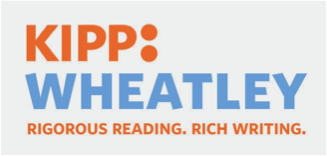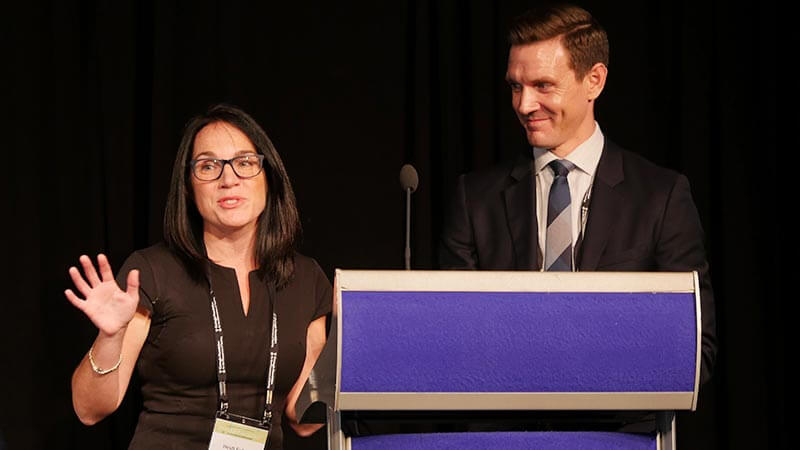Memphis KIPP Wheatley Learning Collaborative, KIPP Foundation
Improving Middle-Grade Literacy
A network of charter management organizations in Memphis, Tennessee, is using improvement science to improve literacy instruction and achievement. In 2012, KIPP (Knowledge Is Power Program)—a national network of charter schools—partnered with Great Minds to create a K–8 literacy curriculum for its schools that emphasizes rigorous reading and rich writing assignments in alignment with the Common Core. The KIPP Wheatley curriculum is shared with other charter networks, including three other networks in Memphis—Aspire Public Schools, Freedom Preparatory Academy, and Memphis Business Academy.
These four networks of 17 schools looked to raise persistently low literacy achievement scores on the Tennessee state test by coming together in a networked improvement community, known as the Learning Collaborative, in the 2017–18 and 2018–19 school years. Combined, the schools serve more than 5,500 students, with 90% African American, 7% Latinx, and 85% qualified for free or reduced-price lunch. Members of the Collaborative identified teacher and leader literacy content knowledge as a primary driver for increasing student learning. KIPP brought together diverse teams from each individual charter school network, including district leaders, principals, assistant principals, and teachers, for in-person and virtual learning sessions. It also instituted monthly on-site coaching sessions from literacy content experts.
THE COLLABORATIVE IS LOOKING TO MOVE FROM “AVERAGE” GROWTH TO “GROWTH FOR EVERYONE.”
The Collaborative sought to create change by using a series of teacher and leader practices designed to develop content and instructional knowledge over time. For example, it developed a tool to help guide coaches in leading teams of content teachers to internalize the standards and outcomes associated with each lesson within the curriculum. Teams of teachers and coaches started with small tests using the tool and gradually expanded its use across grade levels and schools, making adjustments as needed for each unique system. Using student achievement data along with teacher and leader data on the frequency of key practices, members of the Collaborative applied cycles of learning to reflect and act on progress that was informed by each other’s work.
VIDEO: A presentation by the Memphis KIPP Wheatley Learning Collaborative, KIPP Foundation at the Spotlight on Quality in Continuous Improvement Symposium on November 15, 2018, in Washington, DC.
Accomplishments in the first six months of the Collaborative included, for example, a 31% increase in the number of teachers preparing for lessons by doing the student work themselves and an 18% increase in the number of teachers reporting that they rehearsed lessons in a collaborative team prior to teaching them. The Collaborative also began to see gains in achievement of students performing at the advanced or proficient level on the state English Language Arts test in some schools and networks, though overall results varied. The Collaborative is looking to move to “growth for everyone” by analyzing the causes for variation in results across schools and teachers, and by adjusting its structures and content in year two of the Collaborative. To do so, the Collaborative will be increasing the involvement of principals and network leaders, measuring the quality of the enabling systems, and codifying excellent close reading instruction in a revised rubric. Together, these charter management organizations are demonstrating the power of marrying content-based professional learning for teachers to improvement science to produce gains in teaching and learning.
Network Demographics*
- Schools:
- 11 in 2017–18
- 17 in 2018–19
- Students:
- ~2,500 in 2017–18
- 5,500 in 2018–19
- Ethnicity:
- 90% African American
- 7% Latinx
- Free or reduced-price lunch eligible: 85%
* As reported by the Spotlight recipient.








